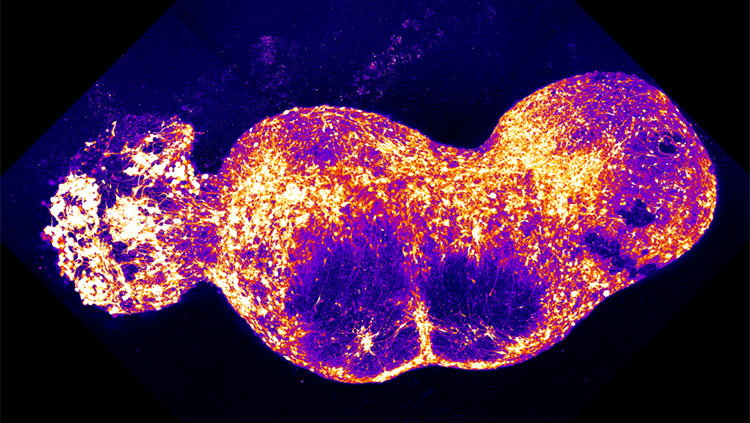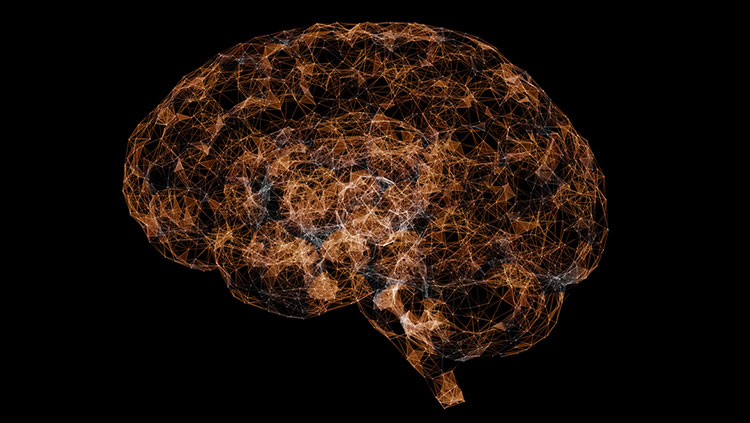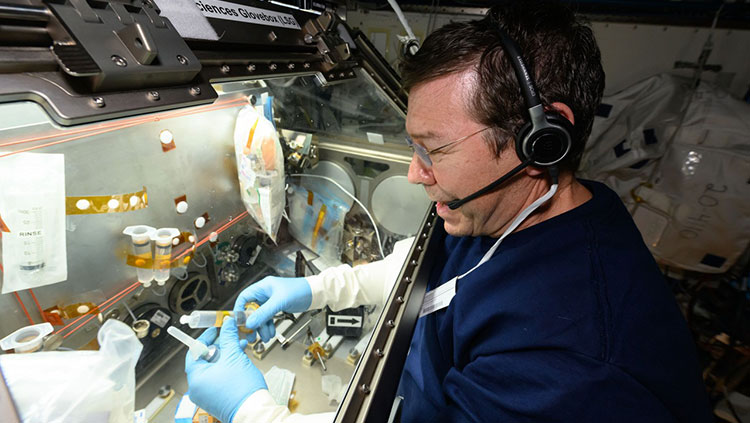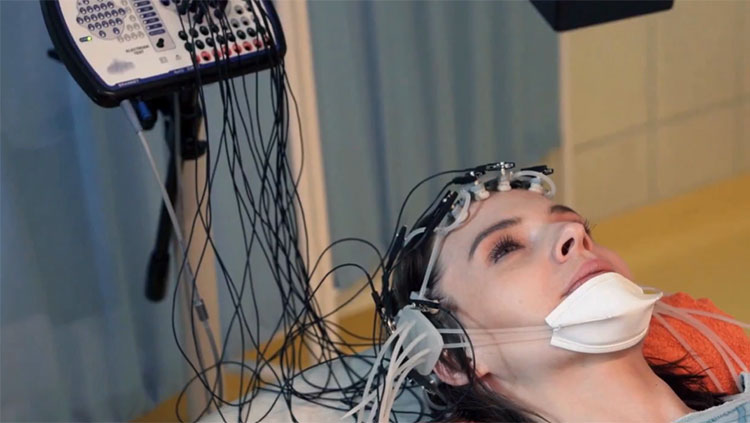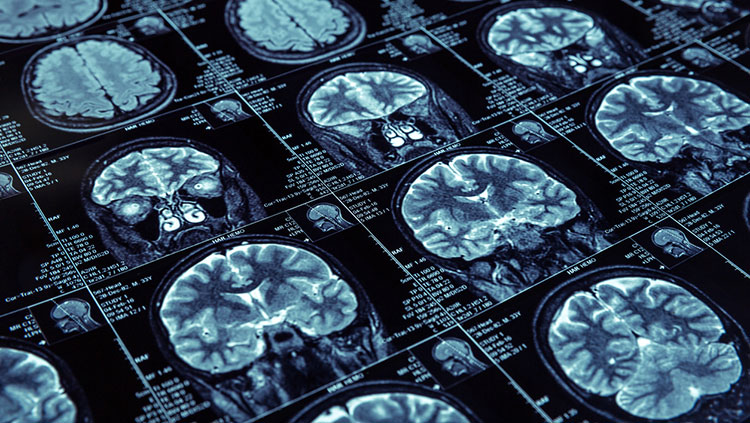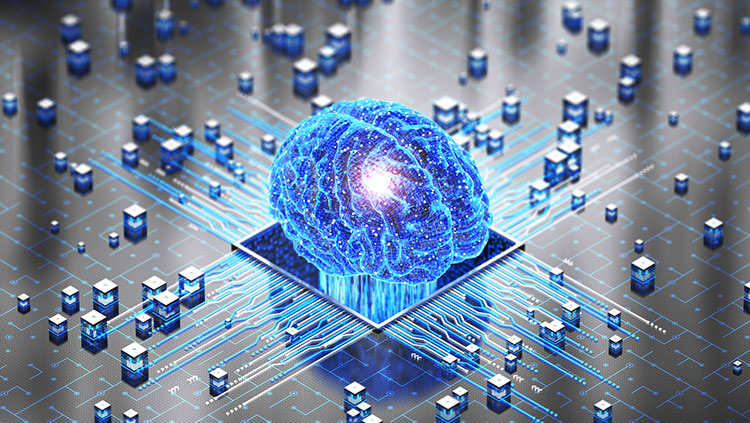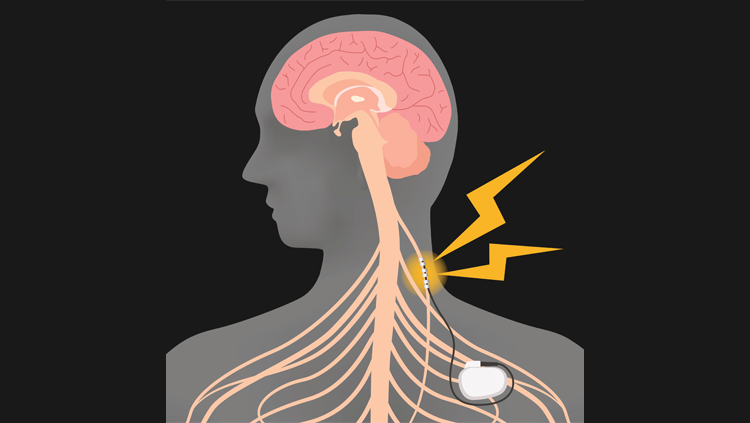Innovative Technologies From the BRAIN Initiative
- Published12 Nov 2015
- Reviewed12 Nov 2015
- Author Caitlin Kirkwood
- Source BrainFacts/SfN
Just over two years ago, the United States made a remarkable commitment to neuroscience when it launched the Brain Research through Advancing Innovative Neurotechnologies (BRAIN) Initiative, pledging millions of federal dollars to support the development of new tools and technologies to study the brain. The announcement promised a bold approach to equip neuroscientists with new tools and important information that could not readily be gained through traditional grant making. Both Republican and Democratic lawmakers joined forces to ensure its initial funding.
The transformative potential for this ambitious project is beginning to come into view, and worldwide, nations are launching similar initiatives, all driven by the pressing need to understand the brain and help improve health outcomes. In the U.S., a wide range of federal agencies and private funders have taken up this charge, powered by a 10-year plan developed by leading neuroscientists. Working together, engineers, biologists, chemists, physicists, and others are able to develop and share tools and to tackle problems that until now have seemed intractable.
Turning Neurons On and Off With Designer Molecular Switches
An important example of the BRAIN Initiative’s early impact can be seen in an effort to develop more sophisticated genetic technologies that will enable researchers to target specific types of brain cells and circuits, manipulate them, and ultimately clarify their specific roles in the brain.
Designer Receptors Exclusively Activated by Designer Drugs (DREADD) technology has revolutionized the way neuroscientists can tap into the brain’s inner workings and could potentially provide therapeutic benefits. This tool involves engineered brain receptors that can only be activated by a particular type of small drug-like molecule that is not found naturally in the body. DREADD2.0 technology could help researchers understand how neurons within brain circuits work using animal models. While currently there are no plans to translate DREADDs into humans, this type of technology may have the potential to one day help with treatment for certain brain disorders by changing neuron activity in a specific area of the brain.
Tools Expand Potential for New Understandings
Scientists are leveraging novel technologies to enhance traditional tools and develop new ones that provide greater capacity to advance understanding of the brain. In recent years, a team of researchers developed a powerful new microscope that increases the field of view of a traditional microscope 100-fold (the difference between a 1980s television and the latest ultra-high-definition television is only about 25-fold). Using this tool, scientists have been able to see neuronal signals as they happen in animal models, increasing understanding of the function of neural circuitry in the brain.
Improvements on this technology have allowed researchers to view individual neurons firing in two or more brain regions at once, showing how different areas of the brain work together to process information. Together, these new tools are enabling scientists to advance understanding of neurological disorders.
Imaging the Brain in Motion
Additional powerful catalysts for BRAIN investment are imaging techniques that are enabling scientists to finally see and better understand the functioning brain in action. Using new tools and nanotechnology, researchers can now glimpse how neurons communicate at the molecular level, using spatial and temporal resolution to view signaling across synapses.
In an effort to study the brain during complex movements, researchers are in the process of planning the world’s first completely mobile molecular brain imaging system. Positron emission tomography (PET) imaging was selected as the best candidate for mobile imaging because, unlike other imaging modalities, which require a person’s head to be entirely still while being scanned, PET can accommodate motion and still provide information about structures deep inside the brain. PET imaging uses a tiny amount of radioactive atoms to examine changes in brain function, including how various brain regions use different neurotransmitters.
By designing a PET imaging system that could be worn as a backpack, researchers would not only be able to learn more about normal behaviors, such as walking, balancing, and navigating, but for the first time, they could see how different neurotransmitters are affected in brain regions in people with movement disorders such as Parkinson’s disease.
As science moves forward, this and other pioneering research ultimately presents an opportunity to improve the lives of billions of people around the globe suffering from brain disorders like Alzheimer’s and Parkinson’s diseases, post-traumatic stress disorder, and traumatic brain injury.
CONTENT PROVIDED BY
BrainFacts/SfN



